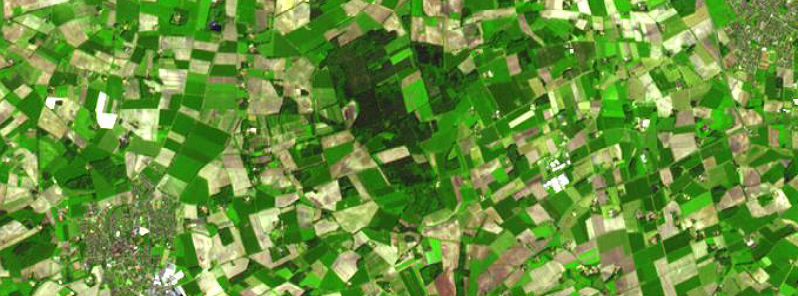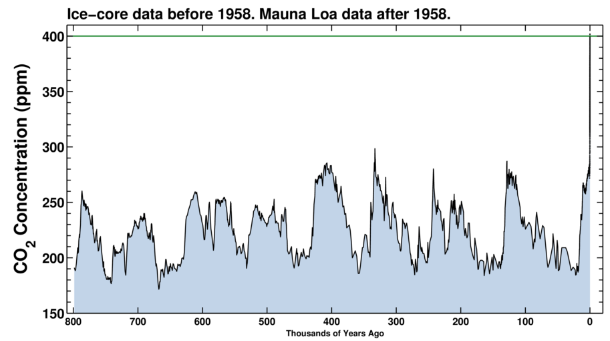Agricultural practices play a big role in seasonal swings of carbon dioxide in the atmosphere

New study from Boston University, the University of Michigan and other institutions identifies a new, direct fingerprint of human activity on Earth as agricultural crops play a big role in seasonal swings of carbon dioxide in the atmosphere.
Modern agricultural practices amplifie carbon dioxide fluctuations that happen every year. Plants suck up In the spring and summer plants absorb CO2 while during the fall and winter time they release it in the atmosphere as they decompose. These seasonal effects are distinct from the overall upward trend in CO2 levels that significantly affect the climate change. Much of the change is thought to be caused by the natural system reacting to an altered climate, with changes in photosynthesis, respiration and expansion of woody vegetation all possible contributors. Scientist pointed while farming does contribute to that upward trend, the seasonal swings themselves don't.
"While it's (human impact) been continually increasing, it wiggles up and down a bit each year, and that's this seasonal breathing of the biosphere." Eric Kort, assistant professor in the U-M Department of Atmospheric, Oceanic and Space Sciences and a co-author the study
Scientists haven't completely understood why over the past 50 years, the wiggles have been getting larger, and by as much as half at higher northern latitudes. Scientists can explain about 25 % of the increase in seasonal swings with croplands, as a different direct human fingerprint. Agricultural crops are not really a natural systems but man-made creation. News study consider the upward trend as a result of the inputs from human fossil fuel consumption, and the wiggles as the natural system. Humans are changing the natural carbon-cycle wiggles directly through modern agricultural practices.
.png)
The Keeling curve – Carbon dioxide concentration levels from 1958 to present, registered at Mauna Loa Observatory. (Credit: SCRIPPS)

The Keeling curve – Carbon dioxide peaks in the past 800 000 years. (Credit: SCRIPPS)
The scientists gathered global production statistics for corn, wheat, rice and soybeans, which together represent about 64 % of calories consumed worldwide. This data helped scientists to estimate how much carbon was taken up and released by each crop over time. They compared the increased carbon exchanged with Northern Hemisphere estimates of seasonal carbon exchange derived from atmospheric observations.
New study reveals hat production of these crops in the Northern Hemisphere above the tropics increased by more than 240 % between 1961 and 2008, mostly due to crop management practices and improved genetics, as the corresponding land area grew by just 18 %. Today, the land for these crops in the Northern Hemisphere represents just 6 % of its vegetated area.
"The fact that such a small land area can actually affect the composition of the atmosphere is an amazing fingerprint of human activity on the planet." Mark Friedl, professor in Boston University's Department of Earth and Environment
The scientists called these croplands "ecosystems on steroids," added Josh Gray, BU research assistant professor and lead author on the paper.
Population projections suggest global food production will have to nearly double over the next half century, calling for increases in cropland and cropland productivity and "imposing an even stronger signal of human activities."
Featured image: The small size and random pattern of fields in northwest Germany (Credit: ASTER/AGS/GIS)

More carbon please. Earths vegetation will love you for it. The mini ice age were currently in for the next 3 or 4 decades might put a damper to that though. Dam solar cycles who would have thought.